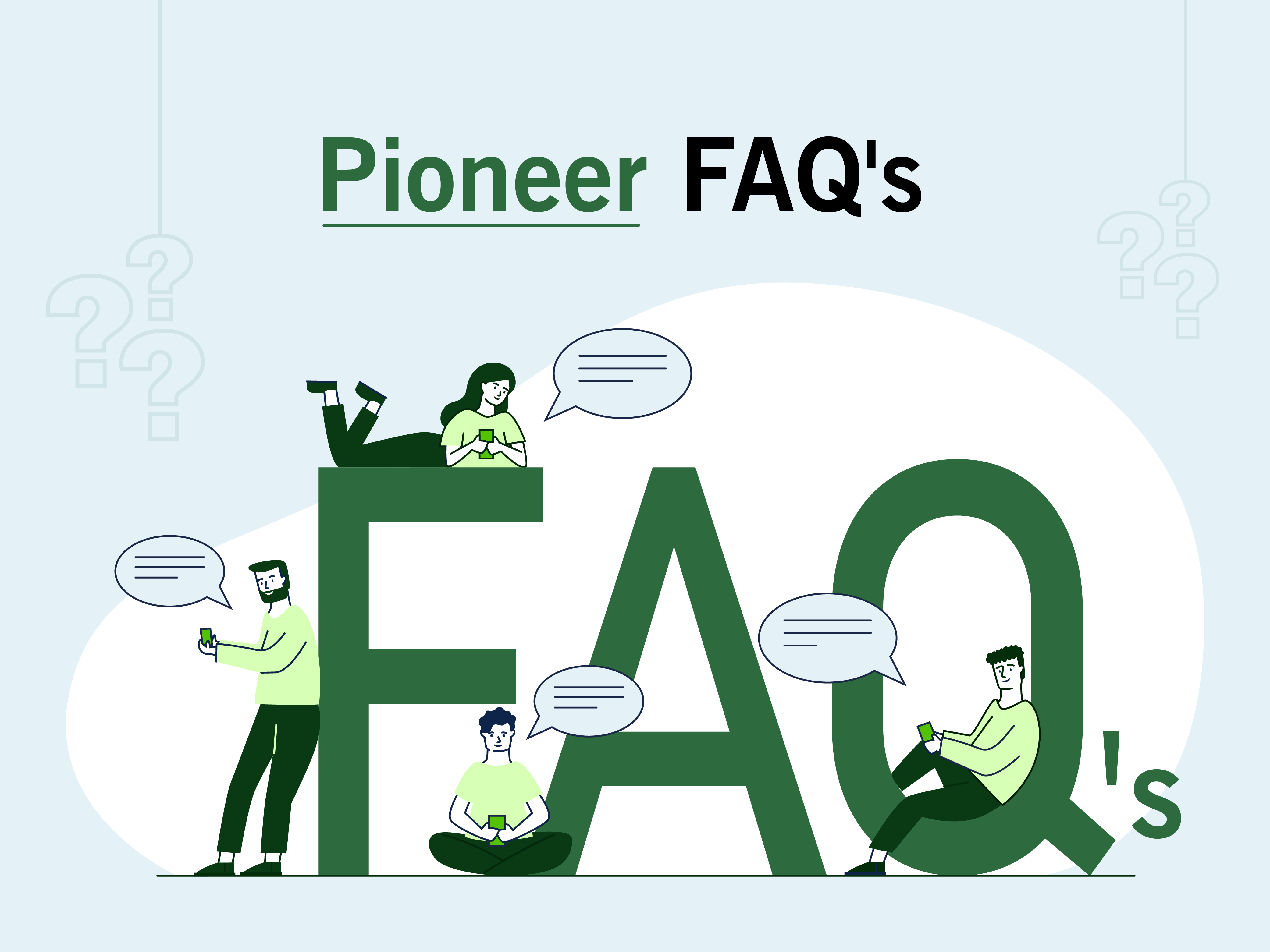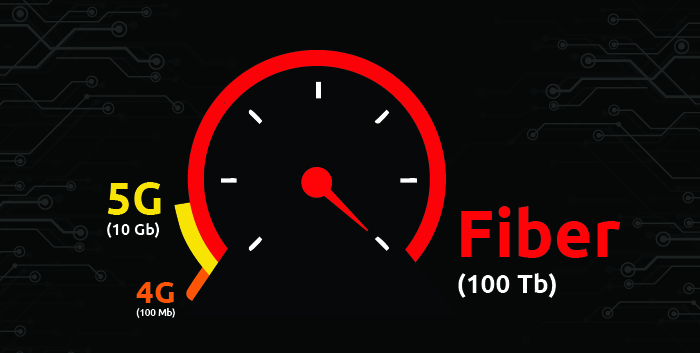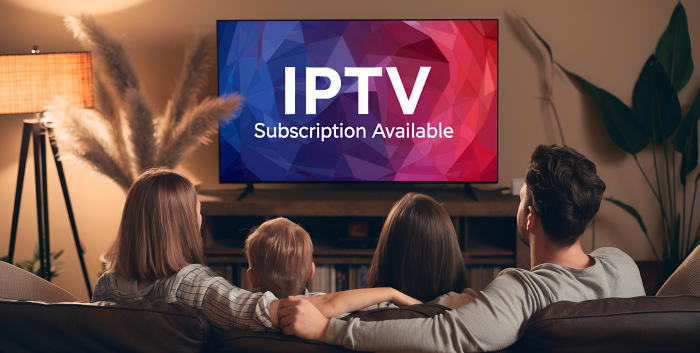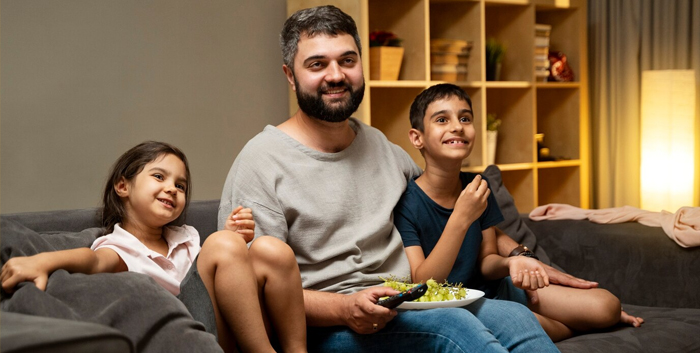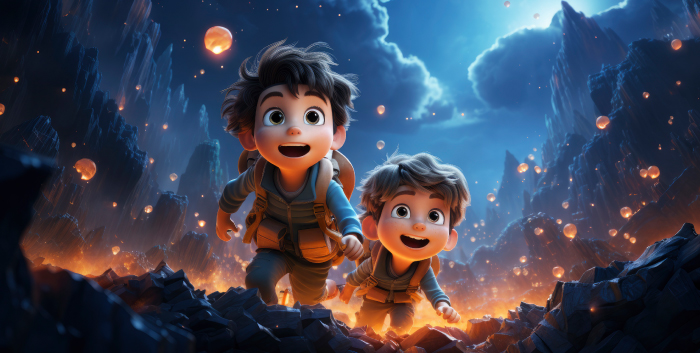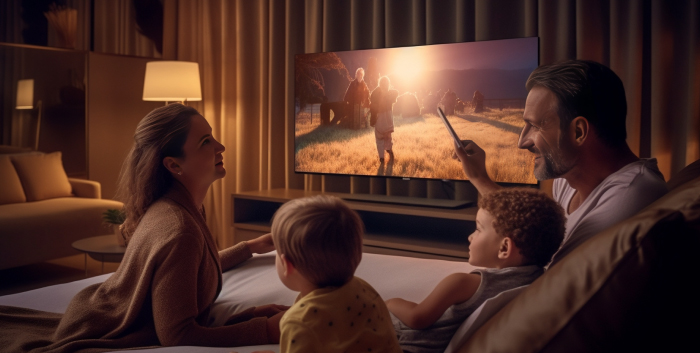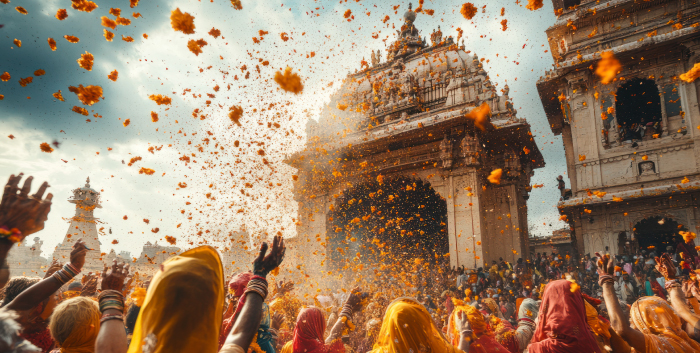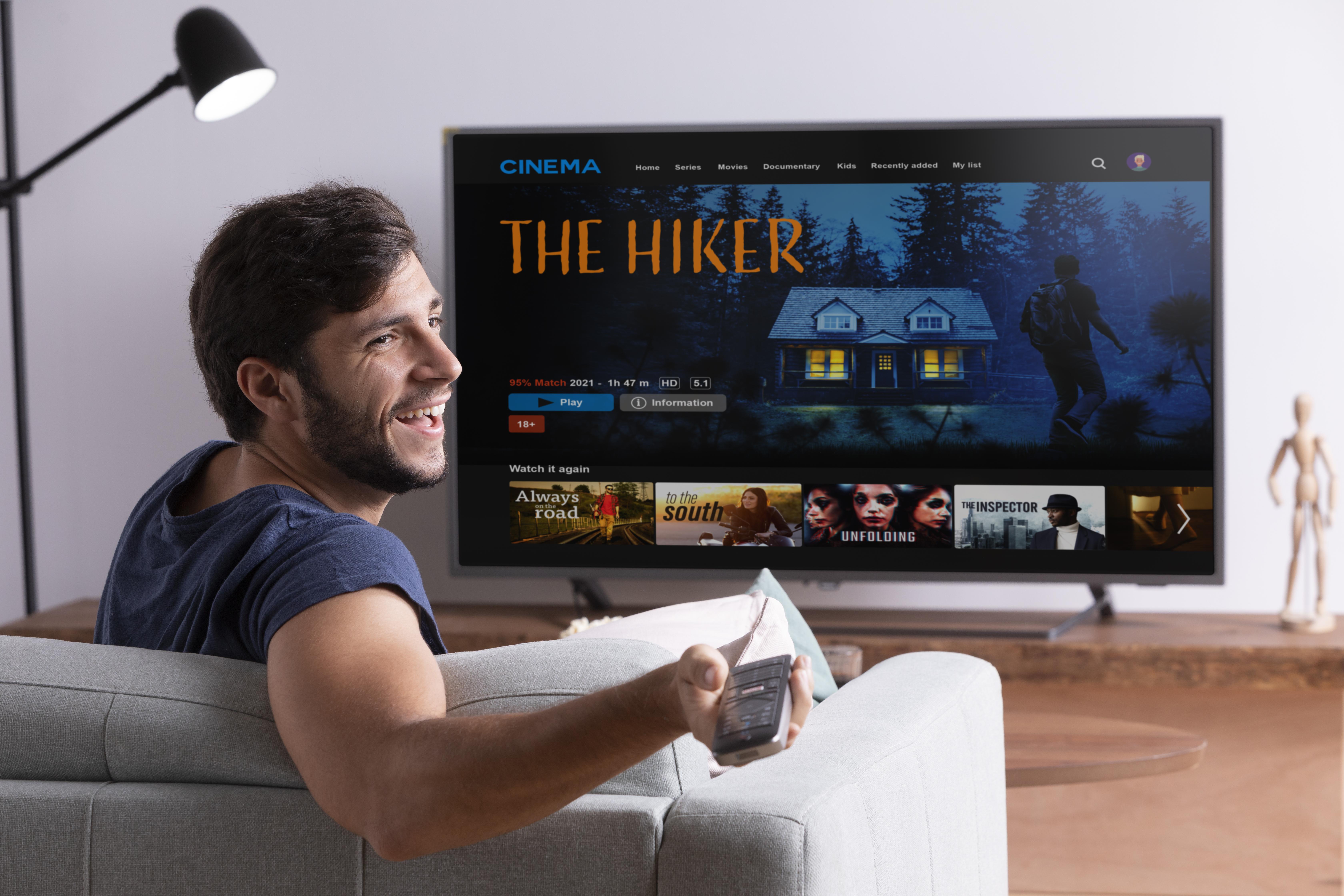Introduction
Remember rushing home to catch your favorite TV serial? That frantic dash to make it before the Kyunki Saas Bhi Kabhi Bahu Thi theme song started playing? Those days are quickly becoming a distant memory in India, and I'll be honest—I don't miss them one bit!
India's entertainment world has completely transformed in recent years. Over-The-Top (OTT) platforms have flipped the script on how we watch our favorite shows and movies. Did you know that India now has over 353 million OTT users, with that number projected to reach 500 million by 2026? Even more surprising, most urban viewers are juggling nearly four different streaming platforms!
I've been fascinated by this shift, both as a viewer and as someone who follows tech trends in India. The rise of homegrown platforms like Hotstar (now Disney+ Hotstar), ZEE5, SonyLIV, and MX Player alongside global giants like Netflix and Amazon Prime Video represents so much more than just a new way to watch content. It's a complete revolution in how entertainment is made, distributed, and enjoyed across our diverse nation.
In this blog, I'll walk you through the incredible ways streaming platforms are changing India's entertainment ecosystem, share some insider insights on what makes them tick, and even peek into what's coming next. Whether you're curious about the business side of streaming or just wondering if you're the only one drowning in subscription fees (spoiler alert: you're definitely not!), I've got you covered.
From Doordarshan to Digital: India's Unique OTT Journey
Let's take a quick trip down memory lane. Remember when Indian television meant Doordarshan, and later a handful of cable channels? The entertainment options were limited, scheduled, and often didn't cater to diverse tastes.
India's OTT revolution began differently than in Western markets. While global platforms made inroads, it was homegrown services that truly catalyzed the streaming boom:
- 2015: Hotstar launches, revolutionizing digital content consumption in India
- 2016: Netflix and Amazon Prime Video enter the Indian market
- 2018: ZEE5, ALTBalaji, and SonyLIV expand their digital presence
- 2019: MX Player transforms from a video player to a major free OTT platform
- 2020-2021: The pandemic accelerates streaming adoption dramatically across India
The numbers tell an incredible story of growth: India's OTT market value reached. Rs.17,600 crore ($2.35 billion) in 2022, growing at an astounding CAGR of 28.8%. Traditional television, meanwhile, has seen its growth plateau in urban markets.
What makes India's OTT ecosystem unique is how it developed in parallel with rapid smartphone adoption and the Jio-led data revolution. When millions of Indians suddenly gained affordable 4G access, OTT platforms were right there waiting with content tailored to mobile consumption.
"Which App Has That Show?" India's Diverse Streaming Landscape
Today's Indian streaming world is incredibly diverse, reflecting our country's multilingual and multicultural entertainment needs. Each major platform has carved out its own identity:
Disney+ Hotstar dominates the market with its unique combination of live sports (especially IPL cricket), international content, and regional language programming. Their strategy of offering free ad-supported tiers alongside premium subscriptions has been pivotal to their massive user base of over 150 million.
Amazon Prime Video has made significant investments in Indian original content while offering the additional value of shopping benefits. Their regional language focus, particularly in Tamil, Telugu, and Malayalam cinema, has helped them build a loyal audience.
Netflix India initially struggled with its premium pricing but found its footing by creating high-quality Indian original content like "Sacred Games," "Delhi Crime," and "Jamtara." Their introduction of mobile-only plans at ?199 was a strategic pivot to accommodate Indian viewing habits.
ZEE5 leverages its strong broadcast network foundation to offer extensive content in 12 Indian languages, making it a powerhouse for regional content, particularly in markets like Bengal, Maharashtra, and South India.
SonyLIV combines sports broadcasting strengths with original content like "Scam 1992" and "Maharani" that have earned critical acclaim and brought subscribers to the platform.
MX Player pioneered the completely free, ad-supported model, reaching millions of users in Tier 2 and Tier 3 cities who might not pay for subscription services.
But here's where it gets interesting (and sometimes frustrating) for us Indian viewers—each service has its own exclusive content. Want to watch IPL cricket, "Mirzapur," and "Scam 1992"? That'll be three different subscriptions, please!
Have you found yourself subscribing to a new service just to watch one specific show? You're definitely not alone—I subscribed to SonyLIV solely for "Scam 1992" and know many friends who got Disney+ Hotstar just for IPL!
Behind the Scenes: How Data is Changing Bollywood and Beyond
One of the biggest revolutions isn't on our screens—it's behind them. Traditional Indian TV channels and film studios relied on limited TRP ratings, box office numbers, and star power to make content decisions. OTT platforms have turned this process on its head with incredibly detailed viewing data:
- They know exactly which scenes in a show are rewatched or skipped
- They track when viewers from different regions prefer to watch content
- They analyze which thumbnails make different demographic groups more likely to click
- They note which actors, directors, or genres connect with specific audience segments
- They measure how binge-worthy content is by tracking completion rates
Here's a fascinating example: When Amazon Prime created "Paatal Lok," they weren't just taking a shot in the dark. Their data showed strong viewership for:
- Crime dramas with political undertones
- Content starring theater-trained actors like Jaideep Ahlawat
- Projects with gritty, realistic portrayals of Indian society
- Stories set outside the glossy Mumbai/Delhi environments
This data-driven approach has democratized content creation in India. No longer do creators need to rely solely on star power or formulaic approaches. Series like "Panchayat," "Kota Factory," and "Gullak" have succeeded by telling authentic stories that data showed audiences wanted, even without major stars.
The result? A more personalized entertainment experience for viewers and more efficient content investment for platforms. But it also raises some interesting questions about creativity and artistic risk-taking in a country with rich storytelling traditions. Is an algorithm-approved show always better than one championed by a passionate creative director?
I'd love to hear your thoughts on this in the comments!
The Content Revolution: How OTT is Reshaping Indian Entertainment
Remember when Indian digital content meant poor-quality YouTube sketches or pirated movies? Those days are long gone! Original content has become the primary battleground in India's streaming wars.
The numbers are staggering. In 2023-24, Indian OTT platforms collectively invested over ?13,000 crore in original content production, with projections showing this will double by 2027.
Here's how OTT platforms are transforming Indian content:
1. The Rise of the Indian Web Series
The web series format has revolutionized Indian storytelling. Freed from the constraints of daily soaps or three-hour films, creators can now tell stories over 8-10 episodes with cinema-quality production values. Shows like "Family Man," "Sacred Games," and "Mirzapur" have proven that Indian audiences have an appetite for complex, nuanced storytelling that traditional TV rarely offered.
2. Regional Content Going Mainstream
OTT platforms have broken down linguistic barriers that traditional distribution couldn't. Malayalam films like "Kumbalangi Nights," Telugu series like "Rana Naidu," or Bengali content like "Mandaar" now reach pan-Indian audiences through subtitles and dubbing. This cross-pollination is creating a truly national content ecosystem while preserving regional storytelling traditions.
Did you ever imagine watching content in five different Indian languages in a single month? That's the new normal for many urban OTT subscribers!
3. Bold, Boundary-Pushing Content
Free from the censorship that governs theatrical releases and traditional TV, OTT platforms have created space for mature, complex themes. Shows like "Made in Heaven," "Delhi Crime," and "Paatal Lok" tackle subjects like sexuality, corruption, caste dynamics, and social inequality with nuance impossible in other formats.
4. The Second Coming of Talented Actors
OTT has created a renaissance for actors who prioritize craft over conventional stardom. Performers like Pankaj Tripathi, Jaideep Ahlawat, Shefali Shah, Rasika Dugal, and Pratik Gandhi have become household names through streaming shows, creating a new paradigm of success beyond the traditional film star system.
This content explosion has been amazing for India's creative ecosystem. Stories that would never have found a home on traditional networks or in theaters are getting greenlit. Writers, directors, and actors who were marginalized by the commercial film industry have found new platforms for their talents.
Have you discovered any amazing performers through streaming shows who you'd never noticed in films before?
Your Pain is Real: The Challenges of India's OTT Boom
Let's talk about the elephants in the room—streaming in India isn't all roses and rainbows. As amazing as the content choices are, there are some genuine frustrations unique to the Indian context:
1. The Urban-Rural Streaming Divide
While metropolitan India embraces OTT platforms, significant barriers remain for rural adoption. Approximately 65% of rural India still lacks reliable broadband access, creating a digital entertainment divide. Even with mobile-first platforms, infrastructure challenges mean streaming remains primarily an urban and suburban phenomenon.
2. Subscription Fatigue and the Affordability Challenge
The average cost of subscribing to the top 5 OTT platforms in India exceeds ?1,200 per month—prohibitively expensive for most households. This has led to:
- Account sharing becoming extremely common
- Users subscribing and unsubscribing based on specific show releases
- Preference for platforms offering annual discounts or bundled telecom packages
I recently did an audit of my own streaming bills and was shocked at the total. Are you keeping track of yours?
3. Content Discovery in a Multilingual Maze
With content available in 15+ languages across dozens of platforms, finding what to watch has become incredibly challenging. Many users report spending nearly 30 minutes deciding what to watch—often longer than the time spent actually watching!
4. Censorship Concerns and Growing Regulation
The freedom that allowed OTT platforms to create boundary-pushing content is gradually facing more oversight. Recent government regulations require self-classification and grievance redressal mechanisms. Shows like "Tandav," "Leila," and "A Suitable Boy" have faced controversies, raising concerns about the future of creative freedom on these platforms.
5. Data Consumption Worries
Even with falling data costs, streaming remains data-intensive. A single hour of HD content consumes approximately 1GB of data—significant for users with limited data plans. This has driven platforms to develop advanced adaptive streaming technologies specifically for the Indian market.
Technology Making It Possible: India's Streaming Infrastructure
The streaming revolution in India isn't just about content—it's built on technological innovations specifically adapted for Indian conditions:
Mobile-First Streaming: The Jio Effect
Unlike Western markets where OTT began on larger screens, India's streaming boom has been predominantly mobile-driven. Following the Jio-led data revolution in 2016, platforms invested heavily in:
- Mobile-optimized interfaces
- Data-saving view modes
- Download features for offline viewing
- Short-form content designed for mobile consumption
Today, over 82% of Indian OTT content is consumed on mobile devices—a figure unmatched in global markets.
Adaptive Bitrate Streaming: Made for Indian Networks
Indian OTT platforms have pioneered adaptive streaming technologies that work even on fluctuating 3G/4G networks. Hotstar's streaming technology during IPL cricket matches deserves special mention—delivering content to 25+ million concurrent viewers despite variable network conditions across the country.
Regional Language Technology Stack
The multilingual nature of India has pushed platforms to develop sophisticated language technologies:
- AI-powered subtitle generation
- Cross-language dubbing capabilities
- Regional language user interfaces
- Recommendation engines that understand cultural preferences across languages
Hybrid Payment Ecosystems
Recognizing India's unique payment landscape, platforms have developed hybrid models:
- UPI integration for easy payments
- Sachet pricing (weekly/daily plans)
- Telecom bundling (like Jio-Netflix, Airtel-Amazon Prime)
- Ad-supported free tiers
These innovations have helped platforms reach audiences beyond credit card holders—a crucial factor in India's market.
How We Watch: New Viewing Habits in India's Streaming Era
The way Indians consume content has changed dramatically in the streaming age:
The Commute Theater
Urban Indians have turned commute time into viewing time. Mumbai local trains, Delhi metros, and rideshare cabins have become mini-theaters, with commuters catching episodes during travel. This has driven platforms to optimize for shorter content formats and episode lengths.
Have you found yourself watching shows during your commute? It's become almost a ritual for many of us!
The Family Streaming Circle
Unlike Western markets where individual viewing is common, Indian households often stream content together—particularly series and films. This has influenced content strategies, with platforms ensuring family-friendly options alongside more mature content.
Festival Releases Go Digital
The tradition of major festival film releases now extends to OTT. Platforms schedule their biggest shows and film premieres during Diwali, Eid, and other major holidays. Disney+ Hotstar's Diwali releases and Amazon's Great Indian Festival content drops have become cultural events in themselves.
The 1.5x Speed Phenomenon
A uniquely Indian viewing habit has emerged—watching content at accelerated speeds to consume more in limited time. Platforms report that nearly 40% of Indian viewers regularly use the 1.5x speed feature, particularly for longer-form content.
Late-Night Viewing Peaks
With joint family setups common in India, late-night hours have become prime viewing time for more mature content. Platforms report that viewership of adult-oriented content peaks between 11 PM and 2 AM, when viewers have more privacy.
Do these viewing habits sound familiar? Has OTT changed when and how you watch content?
Looking Ahead: What's Next for Indian Streaming?
As India's streaming landscape continues evolving, several trends are emerging that will shape its future:
Consolidation: The Inevitable Merger Wave
With over 40 OTT platforms currently operating in India, consolidation is inevitable. Industry analysts predict:
- Mergers between complementary regional platforms
- Telecom companies acquiring content platforms
- International players buying established Indian platforms
- Content aggregation services becoming more prominent
Recent examples like Sony-ZEE's proposed merger (though ultimately unsuccessful) signal this trend's beginning.
Tier 2 and 3 Cities: The Next Battleground
With metropolitan markets approaching saturation, platforms are aggressively targeting smaller cities and towns through:
- More regional language content
- Lower pricing tiers
- Offline viewing features
- Content reflecting non-metropolitan life (like "Panchayat" and "Gullak")
The platform that cracks the code for India's heartland will gain significant advantages in the next growth phase.
Interactive and Gaming Convergence
The lines between passive viewing and interactive entertainment are blurring in India's digital landscape:
- Quiz features during IPL matches on Hotstar
- Choose-your-path narratives being developed for Indian audiences
- Integration of casual gaming within OTT platforms
- Second-screen companion experiences for reality shows
Platforms like MX Player have already integrated games within their OTT app, signaling this convergence.
AI-Powered Regional Content
Artificial intelligence is increasingly influencing content development in India:
- Script assessment for regional appeal
- Automated dubbing and subtitle generation
- Content recommendation across language barriers
- Predictive analytics for regional content investments
These technologies are helping platforms efficiently scale across India's linguistic diversity.
The Rise of FAST (Free Ad-Supported Streaming TV)
Following the success of MX Player's free model, more platforms are exploring FAST channels—free, linear-like streaming channels supported by advertising. This approach combines the familiarity of traditional TV with the flexibility of streaming, potentially bringing more traditional TV viewers into the digital ecosystem.
What Does It All Mean for Indian Viewers?
The streaming revolution is reshaping India's relationship with entertainment in profound ways:
- Unprecedented content diversity - Stories from Kashmir to Kanyakumari finding national audiences
- Creative renaissance - New opportunities for storytellers, actors, and filmmakers beyond traditional gatekeepers
- Viewing flexibility - Freeing entertainment from the constraints of scheduled programming
- Cultural cross-pollination - Breaking down regional content silos that limited our exposure to India's diverse storytelling traditions
- Global representation - Indian stories and talent reaching international audiences through global platforms
Of course, challenges remain—affordability, rural access, content discovery across languages, and regulatory uncertainty will continue to shape how the industry evolves.
Let's Talk: Your Indian Streaming Experience
I've shared a lot about how OTT platforms are transforming India's entertainment ecosystem, but I'm curious about your experience:
- How many Indian and international streaming services do you currently subscribe to
- Have you discovered regional language content you might never have watched before OTT
- Has streaming changed how you watch cricket or other sports
- Do you miss anything about the "old days" of appointment television
Pioneer Online & Pioneer Digital TV:
Seamless Internet + Endless Entertainment with Pioneer
Whether you’re working, learning, gaming, or binge-watching, Pioneer Online brings you the perfect combo of ultra-fast fiber broadband, 500+ live TV channels, and access to the top OTT platforms in India — all at unbeatable prices.
Serving homes, gated communities, and businesses across Hyderabad, Gachibowli, Madhapur, Kukatpally, and more.
- Trusted by many happy customers
- 24/7 customer support & lightning-fast activation
- Tailored broadband + TV plans for every lifestyle
Need help choosing the right plan?
→ Compare all combo plans
→ See our OTT & channel list
- Call us at 040 4343 5353 for a free consultation.
- Or WhatsApp us to get connected in just 24 hours!
Visit: www.pioneeronline.com
Entertainment Hub: www.pioneerdigitaltv.net



